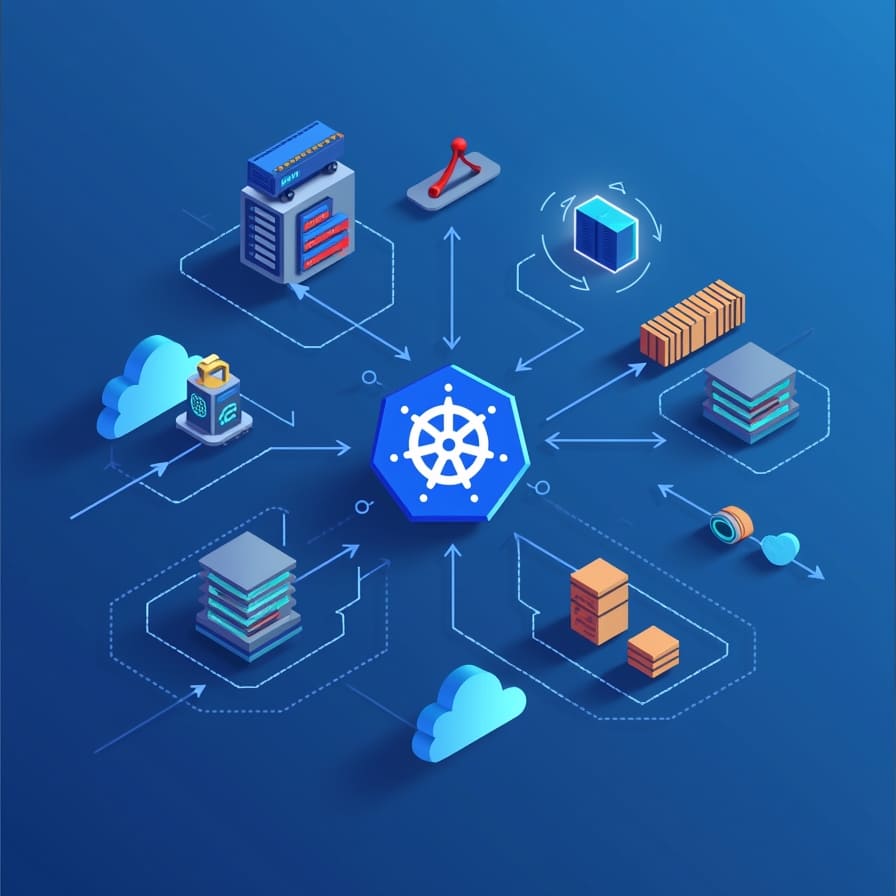How do I know if a CDN is working properly?

You can determine if your CDN is working properly by monitoring several key indicators including faster page load times, reduced server load, proper cache headers, and successful content delivery from edge servers. The most reliable methods involve testing website performance from different geographic locations, checking server response codes, and using CDN testing tools to verify that your content is being served from edge servers rather than your origin server.
Understanding CDN performance indicators
CDN performance indicators provide clear signals about whether your content delivery network is functioning as intended. These metrics help you assess the effectiveness of your CDN implementation and identify potential issues before they impact user experience.
The primary indicators include page load times, which should show noticeable improvement compared to serving content directly from your origin server. Server response codes also reveal important information about CDN functionality, with successful requests typically returning 200 status codes and proper cache headers indicating whether content is being served from edge locations.
Geographic distribution effectiveness becomes apparent when you test your website from different locations worldwide. A properly functioning CDN will deliver consistent performance regardless of the user's geographic location, as content gets served from the nearest edge server rather than travelling across continents to reach your origin server.
What are the key signs that my CDN is working correctly?
Several clear indicators demonstrate that your CDN is operating effectively. Faster page load times represent the most obvious sign, particularly for users located far from your origin server. You should notice reduced bandwidth usage on your origin server as the CDN handles more requests directly from its edge locations.
Proper cache headers in HTTP responses indicate successful CDN operation. These headers show cache status information such as "HIT" when content is served from the CDN cache or "MISS" when content needs to be fetched from the origin server. You can examine these headers using browser developer tools or online testing services.
Geographic performance consistency provides another strong indicator. When your website loads quickly for users in different countries and regions, your CDN is successfully distributing content across its global network. Additionally, your origin server should experience reduced load as the CDN handles static content requests independently.
How can I test my CDN performance and functionality?
Multiple testing methods help verify CDN effectiveness and identify potential issues. Online CDN testing tools provide comprehensive analysis by checking your website from various global locations and reporting which servers deliver your content.
Browser developer tools offer detailed insights into CDN performance. Access the Network tab in your browser's developer console to examine response headers, load times, and server information for each resource. Look for CDN-specific headers that indicate successful edge server delivery.
Command-line tools like ping and traceroute help verify geographic routing. These tools show the network path your requests take and can reveal whether traffic routes to nearby CDN edge servers. Performance monitoring solutions provide ongoing CDN testing capabilities, automatically checking your website's performance and alerting you to potential issues.
| Testing Method | What It Reveals | Best Used For |
|---|---|---|
| Online CDN Tools | Global performance comparison | Initial setup verification |
| Browser Developer Tools | Response headers and load times | Detailed troubleshooting |
| Ping/Traceroute | Network routing paths | Geographic routing verification |
| Monitoring Solutions | Continuous performance data | Ongoing optimisation |
Why might my CDN not be working as expected?
Several common issues can prevent your CDN from functioning properly. Misconfigured DNS settings represent the most frequent problem, where domain records don't properly point to CDN endpoints. This results in traffic bypassing the CDN entirely and going directly to your origin server.
Incorrect cache rules can cause poor CDN performance even when traffic routes correctly. If your cache headers specify very short expiration times or mark content as non-cacheable, the CDN cannot effectively store and serve your content. SSL certificate problems also impact CDN functionality, particularly when certificates don't match your domain configuration.
Origin server issues affect CDN performance when your primary server responds slowly or returns errors. The CDN can only deliver content as effectively as your origin server provides it. Geographic routing problems occur when CDN edge servers in certain regions experience connectivity issues or when your CDN provider has limited presence in specific areas where your users are located.
CDN troubleshooting requires systematic checking of each component, starting with DNS configuration and progressing through cache settings, SSL certificates, and origin server performance.
What tools can help monitor CDN performance continuously?
Continuous monitoring tools provide ongoing visibility into CDN performance and help identify issues before they impact users. Real User Monitoring (RUM) solutions collect performance data from actual website visitors, providing insights into how your CDN performs across different devices, locations, and network conditions.
Synthetic monitoring tools simulate user interactions from various global locations, testing your website's performance regularly and alerting you to problems. These tools help maintain consistent CDN monitoring without relying solely on actual user traffic patterns.
CDN provider dashboards offer built-in monitoring capabilities specific to your content delivery network. These dashboards typically display traffic patterns, cache hit rates, bandwidth usage, and performance metrics across different edge locations.
Third-party performance monitoring services provide comprehensive analysis that extends beyond basic CDN metrics. These solutions often include automated alerting systems that notify you immediately when performance degrades or when CDN functionality issues arise.
Ensuring optimal CDN performance for your business
Maintaining effective CDN performance requires ongoing attention to configuration, monitoring, and optimisation. Regular testing from different geographic locations helps ensure consistent global performance, while monitoring cache hit rates and adjusting cache rules optimises content delivery efficiency.
Best practices include setting appropriate cache headers for different content types, regularly reviewing CDN analytics to identify optimisation opportunities, and maintaining updated SSL certificates. Establishing automated monitoring helps catch issues quickly and maintains optimal website performance for your users.
We provide comprehensive CDN services with built-in monitoring capabilities and global edge server distribution. Our CDN solution includes detailed performance analytics, automated alerting, and expert support to help you maintain optimal content delivery performance across all geographic regions where your business operates.

